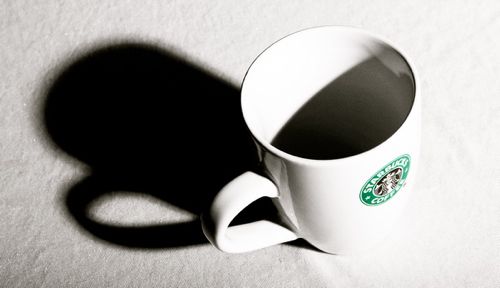Light moves in a straight line. It goes straight to an object.
Light moves very fast. The speed of the light is considered around 300,000 Km/s (three hundred thousand kilometers per second).
Light is responsible for the sense of sight. It is known as Visible light. Visible light is emitted and absorbed in tiny "packets" called photons.
Some objects do no let light through. When light cannot travel through an object, appears a shadow.
The shadow of an object always appears at the other side of the source of light. Look at the pictures: Where is the focus of the light in each picture?


COLOURS
The light we get from the Sun is called white light.
White light is a mixture of seven colours: red, orange, yellow, green, blue, indigo and violet.
We can see all these colours in the rainbow (when the light travels through the raindrops) or when the light passes trhough a prism.

We can classify objects depending on how much light can pass through them:
- Transparent objects: clear glass allow light to pass through.
- Translucent objects: allow some light to pass through and we cannot see objects behind them very clearly. Some liquids ar translucent.
- Opaque objects: These objects do not allow light to pass through such as cardboard or wood.
Have a look to this video:
Some objects can give light (they are a source of light). We call them luminous bodies. We can distinguish between Natural luminous bodies and Artificial luminous bodies (made by humans).
Non-luminous objects cannot produce light Most of them only reflects the light that reaches them.







